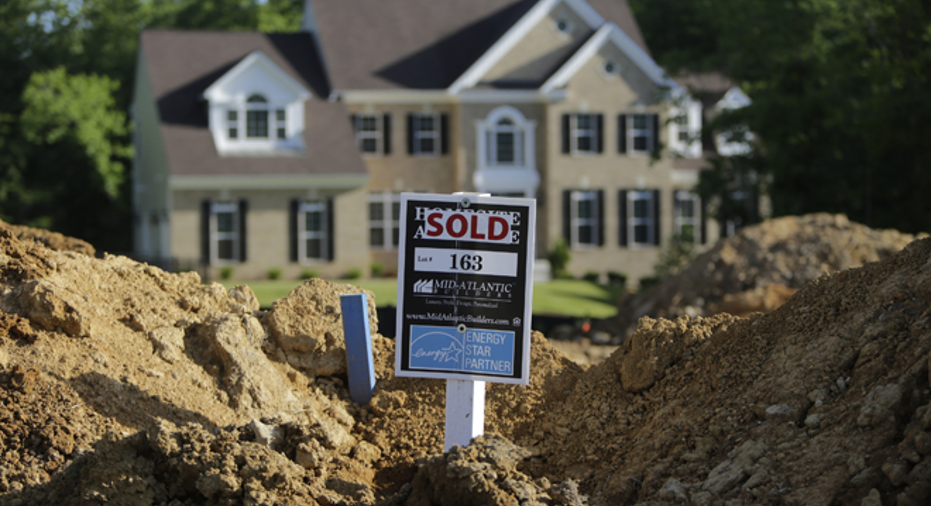3 Mistakes New Real Estate Investors Make

Investing in real estate can seem like a safe bet. After all, you can touch and feel the physical asset, but that creates a false sense of security, experts warn.
“People usually over estimate their returns on rental properties.” says Jeremy Kisner, president of Surevest Wealth Management and a real estate investment property owner himself. “It seems glamorous and sounds cool. But from my experience, most people don’t make the returns they think they will make.”
Aspiring real estate investors can quickly get themselves in trouble, turning potential gains into never-ending losses.
From underestimating maintenance costs to wrongly banking on appreciation, here’s a look at three common mistakes newbie real estate investors make:
Mistake No.1: Underestimating the Cost
When calculating the costs associated with a rental property, many novice investors will factor in the mortgage, insurance and taxes, but leave too little room for maintenance costs.
Take Kisner’s rental property as an example: The house is valued at $380,000 and with a 20% down payment, the mortgage and interest payment is $1,585 a month. Add taxes to the mix and that increases to $1,895 a month.
He rents it out for $2,250 a month, which should mean he is cash-flow positive. However, taking into account the landscaper, pool guy and a property manager would put him in the red each month by $335.
“Most people bank on the fact that right off the bat the property is cash flow positive but they aren’t factoring in all the expenses,” he says, noting that many investors also overestimate the appreciation of the home as well.
If Kisner holds this property for 30 years without increasing the rent, he would have a 6% total return on investment. “Six percent is not horrible, but any type of balance mutual fund over 30 years has done 6%,” he says
Mistake No.2: Banking on the Property Value Appreciating
One of the reasons so many people can get into real estate investing is because they can borrow money to purchase a home. This works when home prices are on the rise, but as we saw in 2007, prices can’t rise forever.
“Leverage is what draws investors in when real estate values are growing, but if the value of a property decreases, the investor using leverage will not only be multiplying losses on the investment, but interest payments on the loan will also continue to build up,” says Duncan Rolph, partner and managing director of Miracle Mile Advisors. “Be very careful using debt to generate a return.”
Gains in real estate are often tied to appreciation, but even in good times, Rolph says stocks may be a better bet. “Prior to the 2008 real estate crash, stocks were still earning substantially higher annual returns than real estate investments. After the crisis, this disparity has only increased,” he says. “From 2008 to the beginning of 2012, the home price index fell 31% while the S&P 500 provided a return of 13% over the same time period.”
Mistake No.3: Putting all Your Eggs in One Basket
Diversification is key to long-term portfolio success, but for many novice real estate investors, all their money is tied up to one property.
“People don’t realize they are putting all their eggs in a single basket and geography ends up being a big issue,” says Rolph. He says natural disasters, including hurricanes and wildfires, can devastate a property owner.
However, real estate investors’ risk doesn’t stop with location. If a home suffers any significant problems like a foundation crack or mold, the repair costs could easily wipe out any gains.
Economic issues can also lower property values, causing a real estate collapse that can leave an investor holding a home nobody wants. “Getting in and out of a piece of real estate is not the same as buying or selling a stock,” says Rolph. “That illiquidity is a real problem because the time liquefying matters no one wants to buy the asset.”